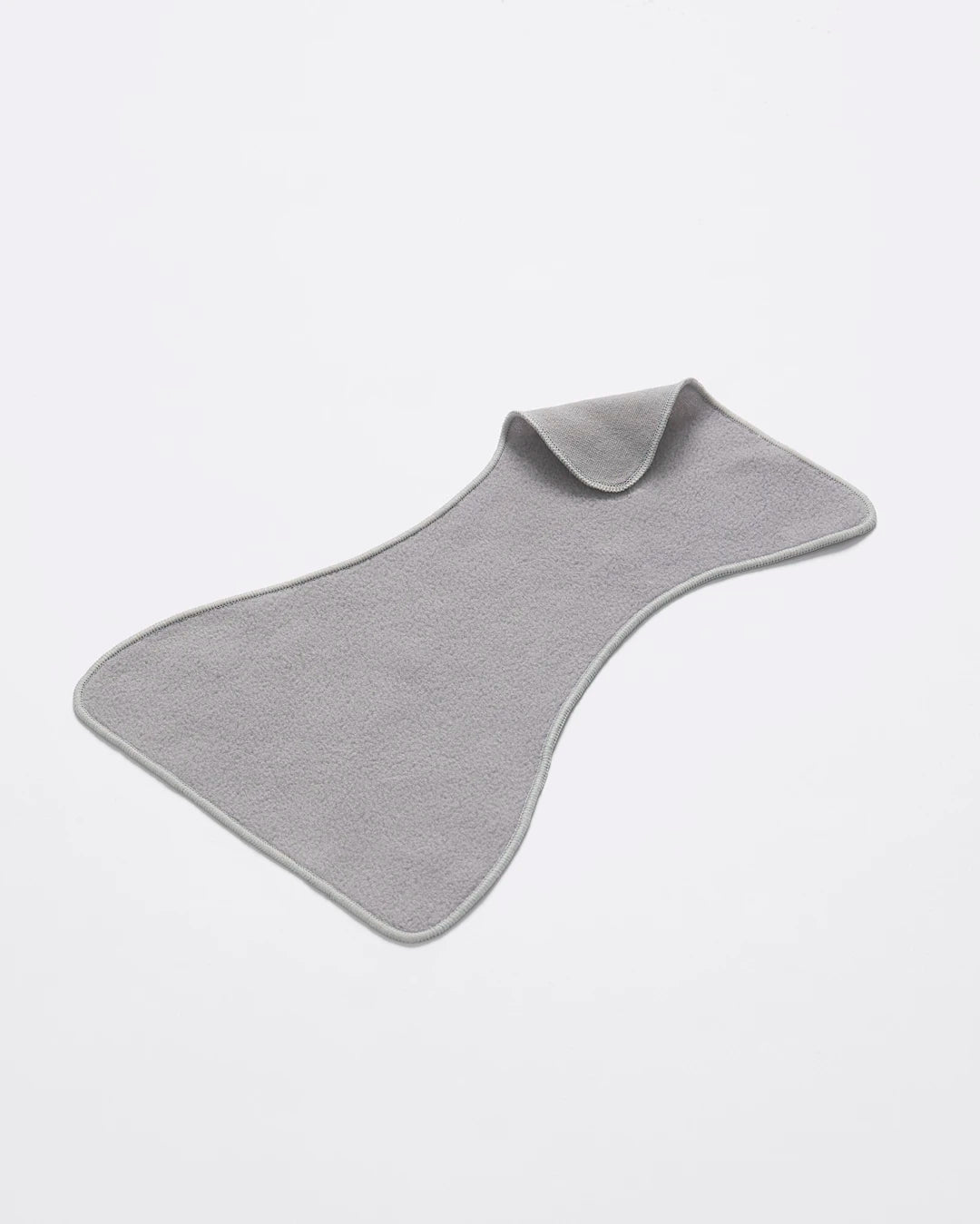Apgar score | Glossary of Pregnancy & Baby Terms
Share Options
- Bambino Mio
- 31 / 07 / 2023
Inside this Article:
What is the Apgar test?
The Apgar test (1) is a very quick test which your midwife or doctor will perform on your baby at one minute and five minutes after they’re born.
The first test determines how well your baby has tolerated birth and the second test is performed to see how well your baby is transitioning to life outside your womb.
What does Apgar stand for?
Apgar isn’t an acronym, it’s the name of the American doctor, Virginia Apgar MD (1909 - 1974), who developed the test back in the early 1950s. It has become a backronym (2), however, to help medical students to remember its components:
Appearance
Pulse rate
Grimace
Activity
Respiration rate
How is the Apgar test carried out?
When your midwife or doctor performs the Apgar test, they’ll assess your baby’s:
- Breathing, to see if it’s laboured or easy
- Heart rate (using a stethoscope (3))
- Muscle tone and activity level
- Reflexes
- Skin colour, to see if the baby is “pinking up” as their blood becomes oxygenated (4)
All of these categories are given a score from 0 to 2
Breathing:
- If your baby isn’t breathing, their respiratory score is 0
- If your baby is breathing irregularly or slowly, the score is 1
- If your baby is breathing well and crying, they’ll score 2
Heart rate:
- If your baby has no heartbeat the score is 0
- If your baby’s heart rate is lower than 100bpm, they’ll score 1
- If it’s more than 100bpm, they’ll score 2
Muscle tone:
- If your baby’s muscles are floppy (5), they’ll score 1
- If there’s some evidence of muscle tone the score is 1
- If there’s definite motion and tone, your baby will score 2
Reflexes:
The reflex test is a test to see if or how your baby reacts to stimulation, such as a gentle pinch.
- If your baby doesn’t react to stimulation they’ll score 0
- If your baby just grimaces, they’ll score 1
- A grimace, cough, sneeze or a strong crying reaction scores 2
Skin colour:
- A pale blue appearance scores 0
- A mostly pink appearance but with blue hands and feet scores 1
- If your baby’s body is entirely pink they’ll score 2
Why do midwives perform the Apgar test
The Apgar test helps to determine if your baby needs help with breathing or has a heart problem.
What’s a good Apgar result?
As the test is scored from 0 to 10, the higher the score, the better.
Most babies score between 7 and 9, with a few scoring 10 (almost all babies score 1 on the skin colour component because they usually have bluish extremities for a few minutes).
What if my baby scores less than 7?
They might need a bit of help to breathe and adjust to life. A low Apgar score is often caused by:
- A difficult or prolonged labour and birth
- A Caesarean section (6)
- Fluid in your baby’s airways
If your baby has a low Apgar score they may need:
- Extra oxygen and a clearing out of their airways
- Stimulation to get their heart beating at a healthy rate
If your baby has a low Apgar score at one minute, the next test at five minutes is usually better. An initial low score doesn’t mean your baby will have problems later in life as the test is designed to assess their first few minutes only.
Citations and References
- National Health Service (NHS). ‘NHS Maternity Statistics, England 2019-20.’ 2020. Web. digital.nhs.uk/data-and-information/publications/statistical/nhs-maternity-statistics/2019-20/births
- Cambridge University Press. ‘Cambridge Advanced Learner’s Dictionary & Thesaurus.’ 2023. Web. dictionary.cambridge.org/dictionary/english/backronym
- Cleveland Clinic. ‘Health Essentials. What Does Your Doctor Listen for With a Stethoscope.’ 2020 Web. health.clevelandclinic.org/what-your-doc-listens-for-in-the-stethoscope
- Healthline. ‘Everything You Need to Know About Acrocyanosis.’ 2023. Web. www.healthline.com/health/acrocyanosis
- Cleveland Clinic. ‘Diseases and Conditions. Hypotonia in Babies.’ 2021. Web. my.clevelandclinic.org/health/diseases/22223-hypotonia-in-babies
- National Health Service (NHS). ‘Health A to Z. Caesarean Section.’ 2023. Web. www.nhs.uk/conditions/caesarean-section




























